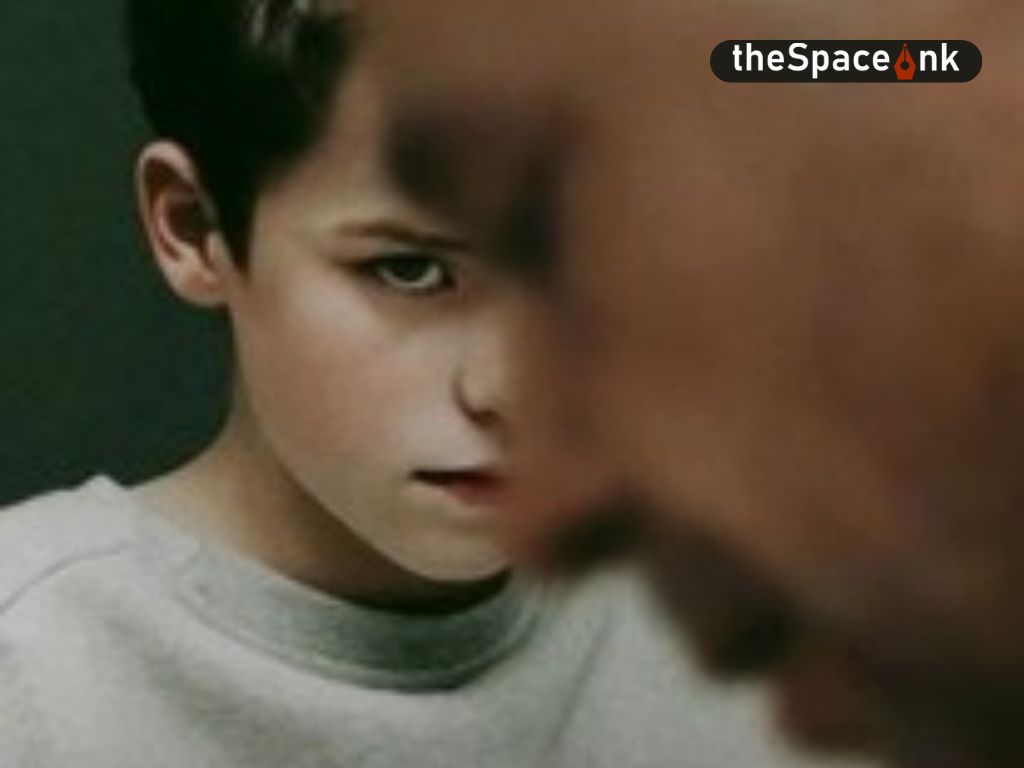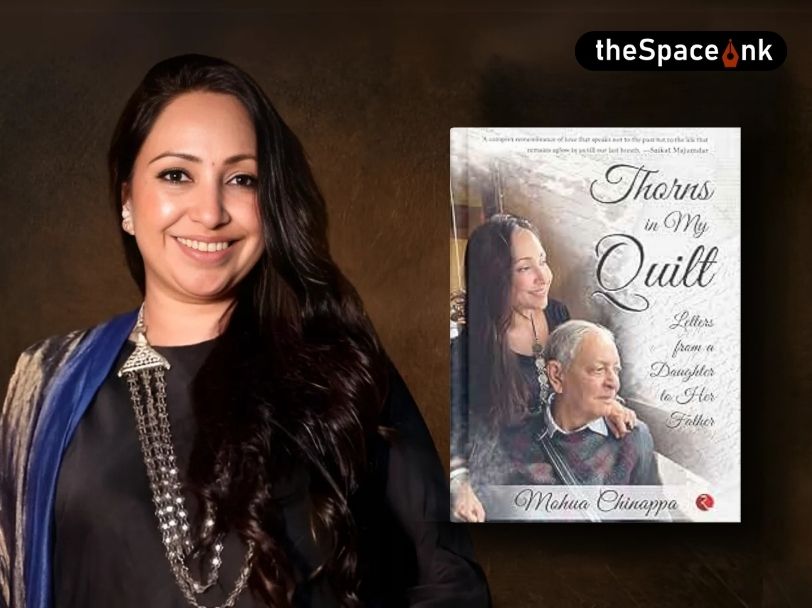Do you normally send heart emojis to others? And when you do, do you consciously choose their colors? Do you pick red, yellow, pink, or purple heart emojis with their supposedly associated meaning in mind, or do you pick them simply a matter of habit? Personally, for me, it had always been just a matter of preference, with no specific meaning attached, until I watched the 2025 British television psychological crime drama series, Adolescence, directed by Jack Thorne and Stephen Graham, on Netflix and decided to stop using heart emojis entirely.(Adolescence)

In a poignant scene from Adolescence, the teenage boy Adam enlightens his father, Detective Inspector Luke Boscombe, about the nuanced meanings behind different heart emojis: a red heart symbolizes love, a purple heart suggests sexual desire, yellow signals playful interest (“I’m interested – are you?”), pink conveys romantic but non-sexual affection, and orange offers reassurance (“You’re gonna be fine”). Adam’s revelation about the meanings of emojis surprises both his father and viewers alike, shedding light on the intricate, tumultuous social, emotional, and psychological landscapes that modern-day teenagers navigate in today’s rapidly changing digital age.(Adolescence)
Have you heard of the 80/20 Rule? In the context of dating, it is a controversial concept suggesting that 80% of women are primarily attracted to just 20% of men
The complexities and nuances of these enigmatic landscapes, often indiscernible to adults, form part of a broader and more unsettling reality. Have you heard of the 80/20 Rule? In the context of dating, it is a controversial concept suggesting that 80% of women are primarily attracted to just 20% of men, leaving the majority of men with limited romantic prospects. While this theory might sound like unfounded internet gossip, for some young people, particularly boys struggling with low self-esteem, bullying, and peer rejection, it can evolve into a deeply painful and internalized belief, one that distorts their sense of self and shapes their worldview in bewildering ways.(Adolescence)
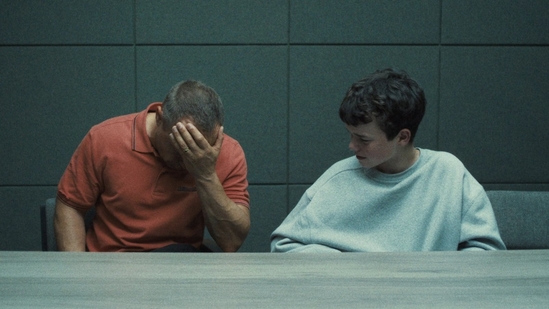
This perceived imbalance implied in the 80/20 Rule has given rise to the ‘incel’ community (short for involuntary celibates) – an online subculture of men who believe they are destined for romantic rejection. When this ideology incubates within digital echo chamber, it often mutates into virulent misogyny, reinforcing resentment and despair. In some cases, it fuels antisocial behavior, and in the most extreme instances, spills over into real-world violence.
Read Also: The Joy of an Empty Wallet
The metaphors of the ‘red pill’ and ‘blue pill,’ borrowed from the 1999 science fiction film, The Matrix, and referenced in Adolescence, hold significant symbolic meaning within online communities collectively known as the ‘mesosphere.’ This loosely connected network of forums centers on discussions of masculinity, gender, and critiques of feminism. To ‘take the red pill’ signifies an embrace of what its adherents believe to be the uncomfortable truth about contemporary society: that feminist movements have established systemic disadvantages for men. Conversely, to take the ‘blue pill’ signifies a deliberate ignorance of this claimed reality, opting instead to accept mainstream perspectives on gender dynamics.
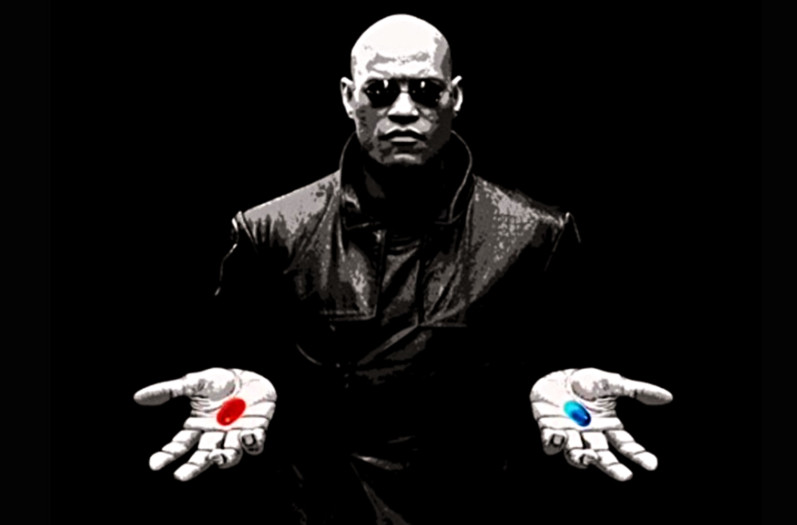
Perhaps, these concepts may sound unfamiliar, even absurd, to you, but do not be surprised if your teenage child recognizes them instantly. Today’s adolescents are not merely aware of this disturbing digital underworld, they are deeply immersed in it, both as witnesses and participants.
For anyone trying to understand the dangerous nexus of rejection, shame, radicalization, bullying, and violence that permeates much of online adolescent culture, Adolescence offers essential, though unsettling, viewing.
The film series opens with a police raid led by DI Luke Boscombe and Detective Sergeant Misha Frank at the Miller household. Thirteen-year-old Jamie is arrested on suspicion of murdering his classmate, Katie Leonard. During the interrogation, Jamie’s father Eddie serves as his Appropriate Adult – a legal requirement to ensure that minors or vulnerable individuals receive support during questioning. Convinced of his son’s innocence, Eddie passionately defends Jamie, vehemently denying the charges. But everything changes when both father and son are shown unmistakable CCTV footage of Jamie brutally stabbing Katie multiple times in a parking lot. The devastating revelation shatters Eddie, forcing him to confront the unbearable truth: his son is a killer.
But everything changes when both father and son are shown unmistakable CCTV footage of Jamie brutally stabbing Katie multiple times in a parking lot.
As the detectives investigate further, they uncover a volatile digital world saturated with bullying, sexual humiliation, alienation, and revenge. The sequence of events began when one of Katie’s topless photos was circulated on Snapchat. Although Jamie sent it to only one peer, who then forwarded it to others, Jamie denied any role in its wider distribution. Driven by his own low self-worth – and believing that Katie’s shame might make her more open to someone like him (who was too unattractive to be desired by any girl) – Jamie apologized and invited her to a local fair.
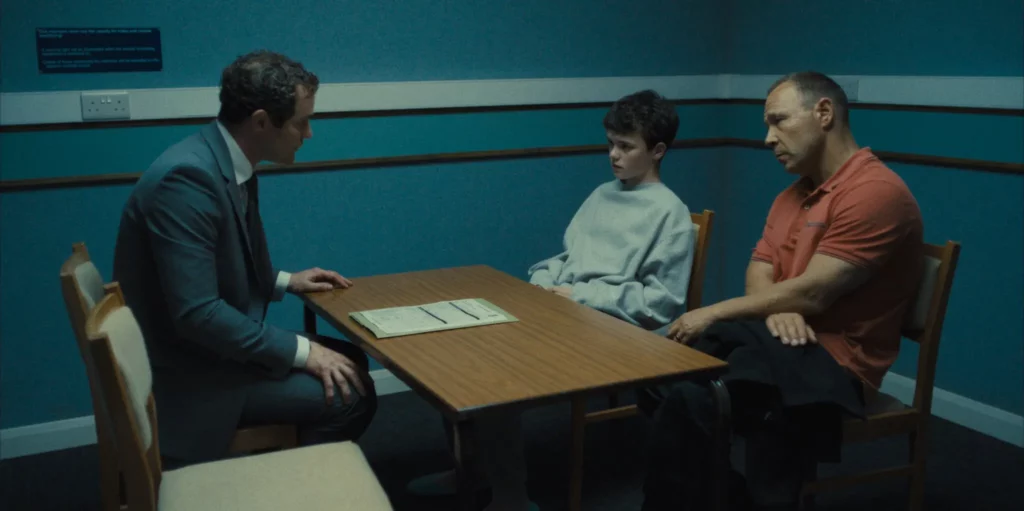
Katie, already traumatized by the violation of her privacy, saw Jamie’s gesture as manipulative. In retaliation, she publicly labelled him an “incel” on Instagram. The post sparked a torrent of cyberbullying. Katie then escalated the attack with another post, saying Jamie would remain “a virgin forever” – cementing his status as a social outcast and deepening his isolation.
Subsequently, Jamie internalized the 80/20 Rule and grew increasingly resentful of girls and his peers. Driven by ridicule and public humiliation, he reached a psychological breaking point. The rage and hurt culminated in a violent outburst – he stabbed Katie with a knife obtained from his friend, Rayan.
Jamie internalised the 80/20 Rule and grew increasingly resentful of girls and his peers. Driven by ridicule and public humiliation, he reached a psychological breaking point
Seven months later, forensic psychologist Briony Ariston interviews Jamie at a youth detention center for a psychological assessment. Her goal is to evaluate his mental state, the risk of re-offending, and possible interventions. During the session, Jamie swings between desperate pleas for understanding and sudden outbursts of aggression. He emerges as a boy consumed by shame, alienation, and anger – both vulnerable and capable of manipulation and violence. The CCTV footage of him attacking another inmate further supports her findings. Briony’s interviews with Jamie leaves her shaken, confronted with the profound psychological damage that led to the crime.
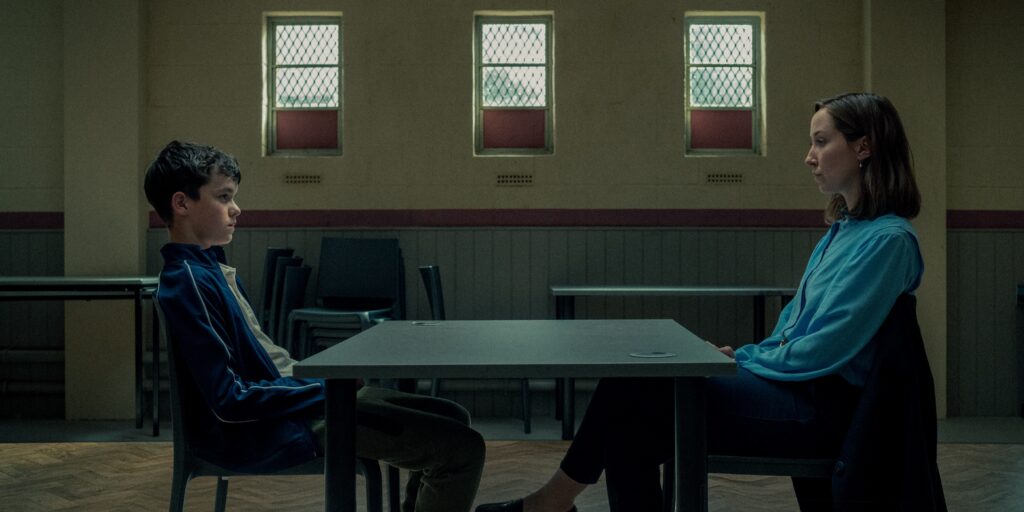
Thirteen months after the murder, the Miller family, fractured and hollow, struggles to live through each day as Jamie awaits trial. On Eddie’s 50th birthday, the family plans a quiet trip to the cinema, only to find the word. “nonse” (a British slang term for child sex offenders) spray-painted on their van. At a hardware store, while buying paint remover, a young employee recognizes Eddie and claims to support Jamie, revealing he is part of an online group that believes Jamie was framed – a martyr in a supposed war against men. Eddie cuts the conversation short and later, at a moment of utter powerlessness, confronts one of the boys responsible for taunting him by spray-painting the derogatory term ‘nonce’ on his car before silently returning home.
Also Read: Death at Home in Exile: The Milan Kundera Saga
The family’s fragile attempt at normalcy shatters when Jamie calls to confess his guilt. In one of the most poignant scenes in the film, Eddie collapses in Jamie’s bed, clutching his son’s childhood teddy bear, tucking it in and kissing it while saying, “I’m sorry son, I should’ve done better,’ – a heartrending symbol of lost innocence, irreversible ruin and parental failure.
Adolescence is not merely a recounting of a crime; it is an anatomy of teenage tragedy, unfolding the collapse of a fragile adolescent world. Far from being a villain, Jamie Miller emerges as a broken boy infected by the destructive ideologies festering in the dark corners of the internet, deprived of meaningful connections, subjected to relentless cyberbullying and humiliation, consumed by misplaced online rage, and alienated from the familiar and safe world around him.
Adolescence is not merely a recounting of a crime; it is an anatomy of teenage tragedy, unfolding the collapse of a fragile adolescent world.
What begins with a shared photo, an online prank, and a heart emoji – fleeting moments of digital engagement – quickly spirals out of control, erupting into irreversible violence and exposing the profound vulnerability of modern masculinity.
The series compels us to face the unacknowledged epidemic taking over our own homes and society: the intense emotional instability of teenage boys, the digital spaces that can radicalize them, their unspoken crises spreading like a disease in the privacy of their rooms and the glow of their screens, and the profound pain of boys who desperately voice their anguish into the emptiness. This is not mere fiction; it stands as a stark warning about the growing danger of our times.
Image Courtesy: rottentomatoes.com, hindustantimes.com, Wikipedia, LinkedIn, emojipedia, soundvenue.com, Indiatoday
.
Sacaria Joseph is an Assistant Professor in the Department of English at St. Xavier’s College, Kolkata. Having pursued his undergraduate studies at St. Xavier’s College, he furthered his academic journey by obtaining a Master of Arts degree in English Literature from Pune University, a Master of Philosophy from Jadavpur University, Kolkata, and a PhD from Visva-Bharati University, West Bengal. In addition to his academic pursuits, he writes on a wide array of subjects encompassing literature, philosophy, religion, culture, cinema, politics, and the environment.


